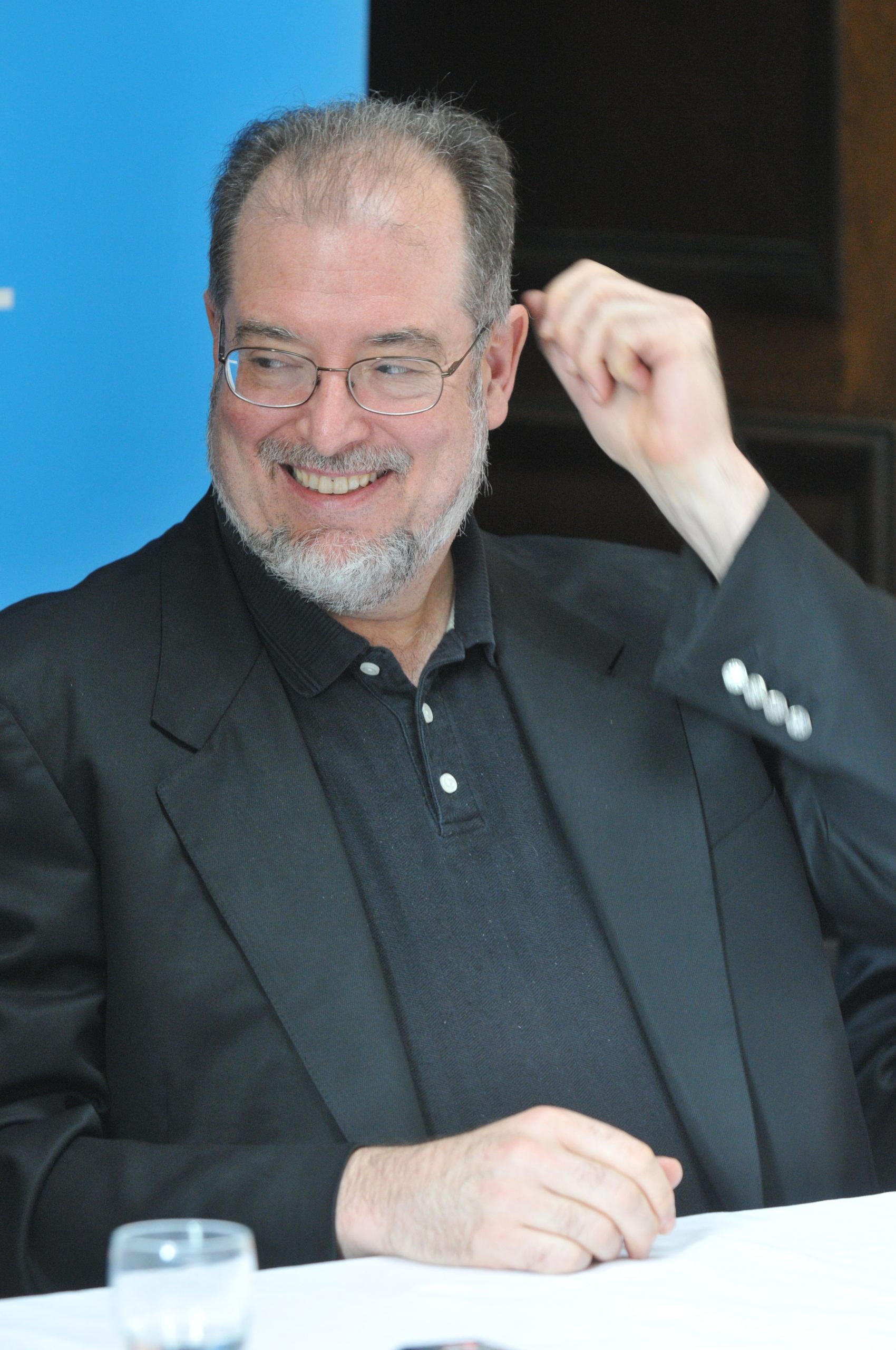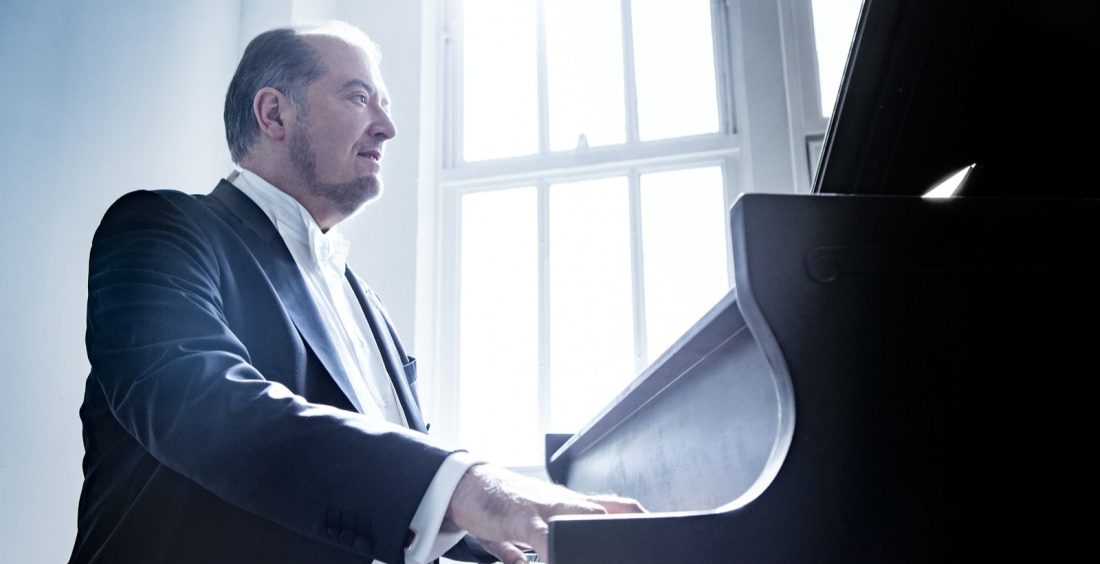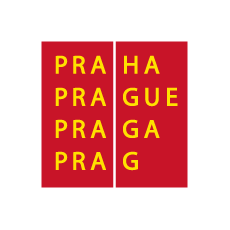Garrick Ohlsson
The concert will take place without an audience in the hall.
You can watch the live broadcast of the concert as well as two dozen others on our website for free.
Programme
- Karol Szymanowski: Piano Sonata No. 3 Op. 36
- Sergei Prokofiev: Piano Sonata No. 8 in B flat major Op. 84
- Leoš Janáček: Sonata 1. X. 1905 “From the Street”
- Alexander Nikolayevich Scriabin: Prelude Op. 59 No. 2
- Alexander Nikolayevich Scriabin: Poème in F sharp major Op. 32 No. 1
- Alexander Nikolayevich Scriabin: Piano Sonata No. 5 Op. 53
Performers
- Garrick Ohlsson – piano
Watch now!
“I know and trust my Prague friends!”
“One of the great privileges of having a long and quite successful career is the possibility to revisit many old ‘friends’ in the repertory”, says Garrick Ohlsson, a regular guest at the Prague Spring Festival. The American pianist goes on to say: “This season I chose, for no special reason, to come back to the Prokofiev Op. 84, which I learned when I was 15, and the Scriabin 5th sonata, which I first played when I was 34. Both are favourites – the Prokofiev for its ripe melodic qualities and vast dramatic scope, and Scriabin for its intense ecstatic excitement.” This time, Ohlsson’s Prague Spring programme will be based on 20th-century piano sonatas. “Janacek’s Sonata I.X.1905 is magnificent, and I had never played it, so it’s new to me this year. Similarly, the Szymanowski #3 is recent in my life – he is a composer that fascinates me, coming, as he does, a little from the world of Chopin and Scriabin, but with other influences. All these works are wildly difficult, but so are Bach, Beethoven and Brahms. Of course, the Szymanowski is quite a challenge to the listener (and pianist!) right at the beginning of the evening, but I know and trust my Prague friends!”
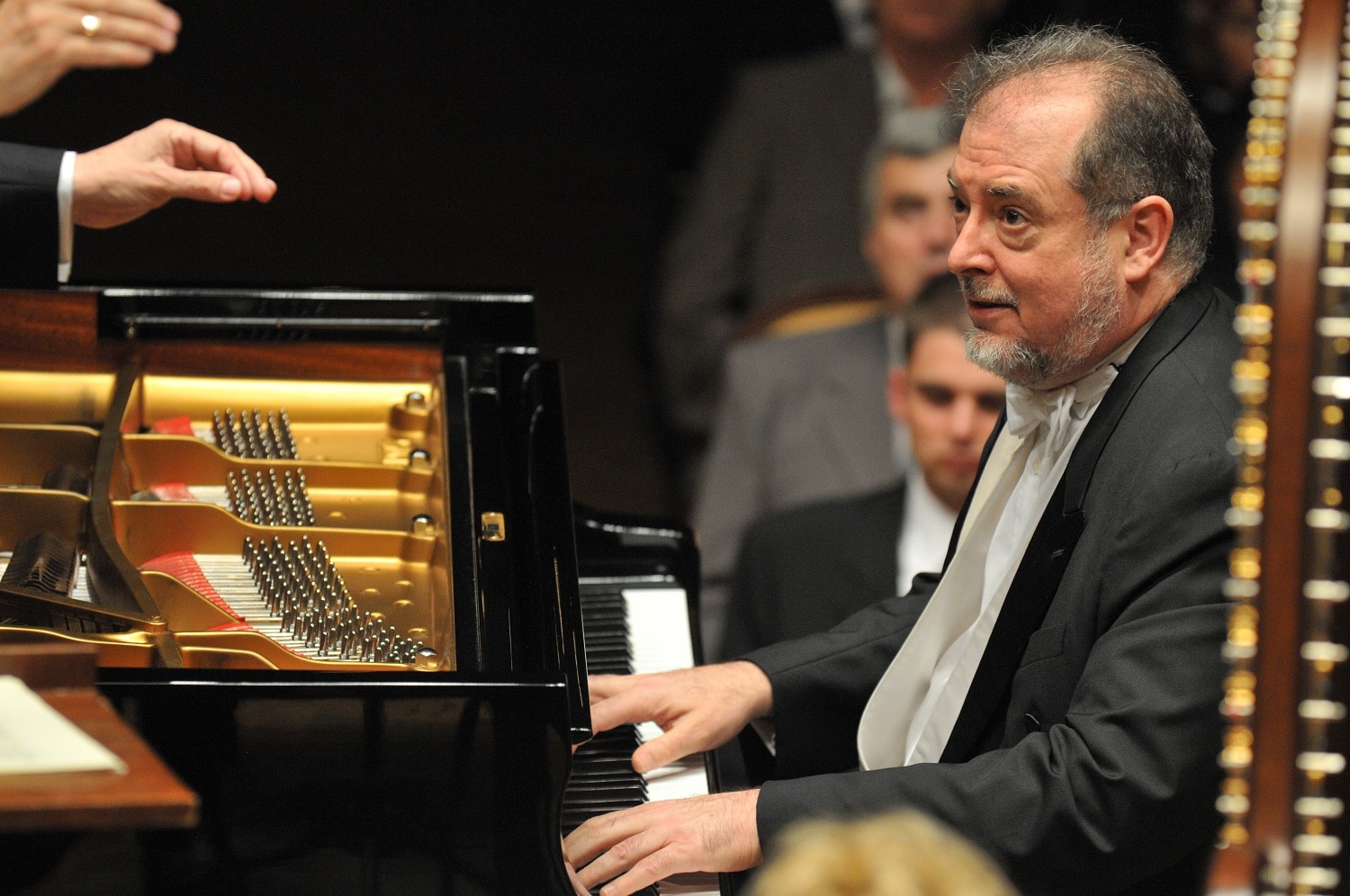

In 2010, when on the occasion of his eighteenth appearance at the Prague Spring Festival the pianist Garrick Ohlsson received from the festival director Roman Bělor a list of all of the concerts he had played in Prague up until then, there were several pages of text. His cordial relationship with the Prague Spring Festival began with his debut in 1973 after his victory at the Chopin International Piano Competition, when he became the first – and still the only – American to come away from there with the first prize. When he was invited back to the Prague Spring Festival in 1974, he also stood in for Rudolf Serkin, and at the festival’s request, he immersed himself in the study of Czech music for the first time. He gradually expanded what he called his “general knowledge” until he became one of the most important promoters of Czech music abroad.
We should recall, for example, that he recorded Bohuslav Martinů’s Piano Concerto No. 4 with the Czech Philharmonic and Libor Pešek (BBC Music Magazine), Dvořák’s Piano Concerto with the same orchestra under the baton of Jiří Bělohlávek (Decca), and an album of Smetana’s works for piano solo (Hyperion). In 2010 the Czech culture minister Václav Riedlbauch honoured him with the Artis Bohemiae Amici medal, and this season his achievements earned him a prize at the Classic Prague Awards.
Garrick Ohlsson began playing piano at the age of eight, and within fourteen days he had fallen completely in love with the instrument: “I was thoroughly addicted. It was my favourite thing in the world to do”, the artist recalled in an interview in London for the Australian radio station ABC Classics. Not long afterwards, he also became devoted to Frédéric Chopin, who turned out to be Ohlsson’s lucky star: his victory at the 1970s Chopin Competition was the major break of his career, and he is one of the world’s great interpreters of that composer’s music.
Ohlsson’s teachers included Claudio Arrau and Tom Lishmann, from whom there is a direct line leading back to Ferruccio Busoni, so it is no wonder that this soloist enchants his public above all with heartfelt emotion, spontaneity, and depth. He has lost none of that to this day: “At seventy, Ohlsson possesses technique, endurance, and vigour that a pianist half his age would envy. His performance was a marvel of virtuosity, and he played with Olympian serenity and equanimity, dispatching the most strenuous passages with apparent ease”, wrote a reviewer two years ago for The New York Review of Books.
Ohlsson’s openness of heart is reflected in the breadth of his repertoire: besides the complete piano works of Chopin (Hyperion), he has recorded all of the Beethoven sonatas (Bridge), with the third volume winning a Grammy in 2007. As can be seen from his up-coming Prague Spring recital, he also devotes his attention to Alexander Scriabin, whose music he has called “foie gras in a generally meat-and-potatoes world”, Prokofiev, and recently Karol Szymanowski as well. He also does not shrink back from contemporary music, nor does he neglect female composers, and he is an enthusiastic chamber music player, as Prague Spring audiences got to witness for the first time at the 2019 festival. He also has his own FOG Trio, which he founded in San Francisco, where he lives.
Programme note
The nearness of death, tension, cultural and social isolation, the inability to enlist in the army because of a childhood injury – these things would have meant paralysis for some people, but paradoxically, for the composer Karol Szymanowski (1882-1937) the First World War was the stimulus for exceptional intellectual activity.
One of the most interesting composers of the 20th century, he was born in the Ukraine to a family of the Polish aristocracy. From the age of seven, he devoted himself to playing piano and to music theory, and he later took his place alongside members of a group of progressive Polish artists. The outbreak of the war found him travelling – having visited Africa among other places – and upon his return he spent most of his time at his family’s home in the Ukrainian village Tymoszówka, where he studied philosophy and literature and entered into an entirely new, radical period.
Of the three piano sonatas that Szymanowski wrote, only the last is in one movement. He composed it in 1916-1917, and in it he combined several elements: a Beethovenian sonata model with a masterfully conceived fugue in the finale, Impressionism, Expressionism, inspiration from ancient cultures through the pentatonicism of Debussy and Ravel, and a bold, almost daredevil harmonic language. He dedicated the sonata to the pianist Alexander Siloti (1863-1945), a cousin of Sergei Rachmaninoff. Zbigniew Drzewiecki (1890-1971) gave the work its premiere.
In 1939, three years after his return to the Soviet Union from emigration, Sergei Prokofiev (1891-1953) fell in love with the twenty-four-year-old writer Mira Abramovna Mendelssohn. The relationship, which led to the break-up with his wife and life’s partner, apparently inspired the composer to go back to writing piano sonatas after a sixteen-year break. According to Mira, he then began writing three sonatas at the same time (nos. 6-8), so at one point he was working simultaneously on ten movements. Later, he stratified the compositions, and he finished them successively by 1944. The works, known as the “War Sonatas”, are capped off by the three-movement Sonata No. 8 with its unusually lengthy first movement. It is the only one of Prokofiev’s piano sonatas to begin with an indication for a slow tempo, just like his Fifth Symphony, with which it shares its home key, B flat major. What we hear in this work is not just Prokofiev’s typical lyricism or “thorniness”. There are also the bloody shadows of Stalin’s regime, with which the composer was forced to make many compromises. Nonetheless, thanks to the victorious finale, the sonata won the Stalin Prize. Emil Gilels gave the premiere in 1944 in the Great Hall of the Moscow Conservatoire.
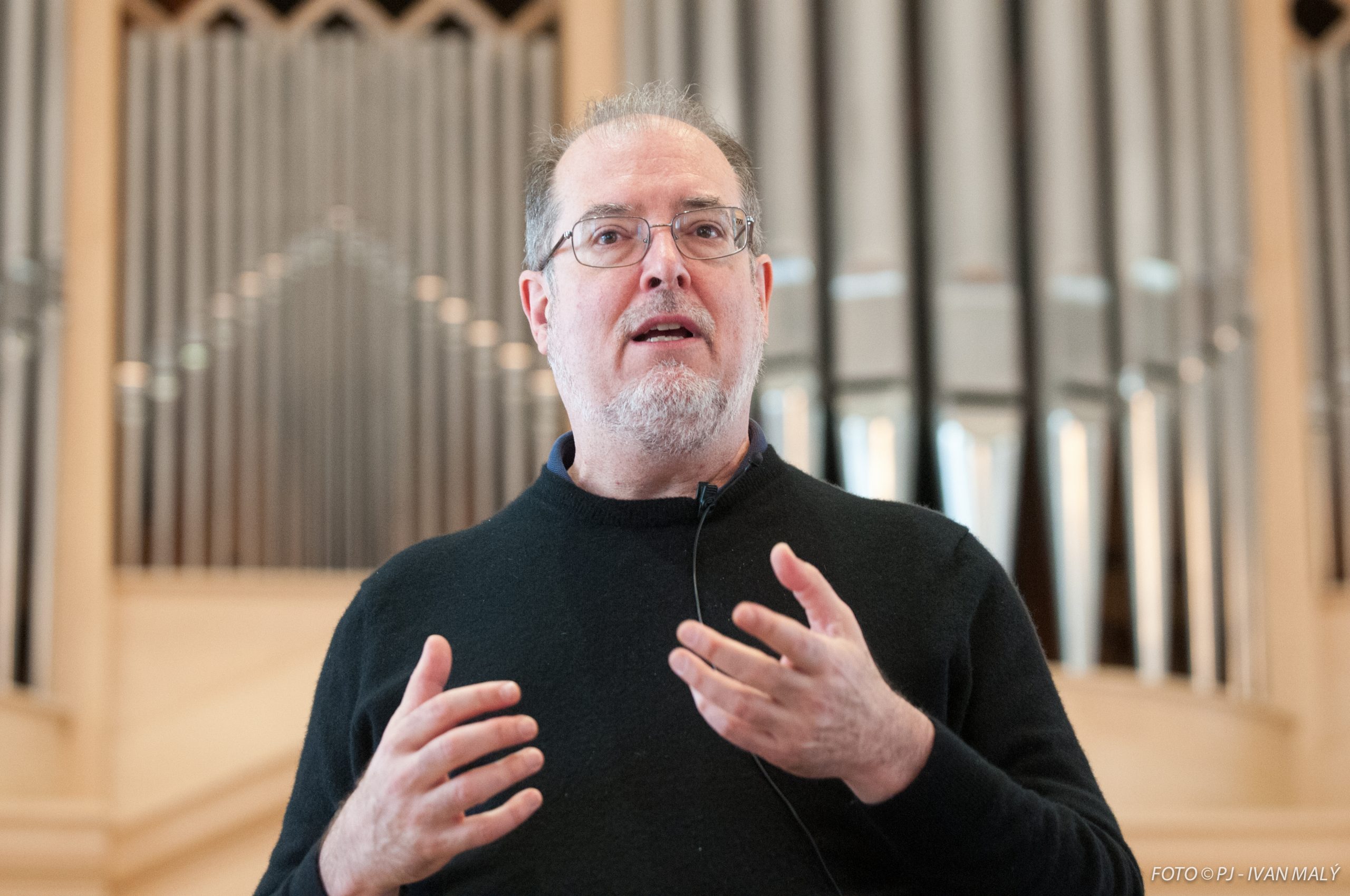
“It’s vulgar”, said Leoš Janáček (1854-1928), tearing the entire third movement out of the score of his new piano work titled From the Street on 1 October 1905, and he burned it before the eyes of the 24-year-old student Ludmila Tučková, who was the first to try out the composition. At the premiere on 27 January 1906 in Brno, only the first two movements were heard. Janáček was not satisfied with them, either, and after a private performance in Prague, he threw the score in the Vltava River. For eighteen years, the music was regarded as lost, but then it turned out that Tučková had kept her copy, and the composer re-evaluated his opinion of the music. He had apparently succumbed to excessive self criticism at the time of the premiere after having heard a dress rehearsal of music by his colleagues including Josef Suk and Vítězslav Novák. The composition, which we now call a sonata based on the form of the first movement, was composed in connection with the struggle over the Czech university in Brno. On 1 October 1905, there were clashes in the city between hostile camps of Germans and Czechs, during which one of the German soldiers bayoneted the 21-year-old carpenter’s apprentice František Pavlík. The youth later died of his wound, and Janáček, who had taken part in the demonstration as a patriot, was deeply shaken by the event. He poured out his experience into the new composition. Its title is a permanent memorial to the innocent young victim.
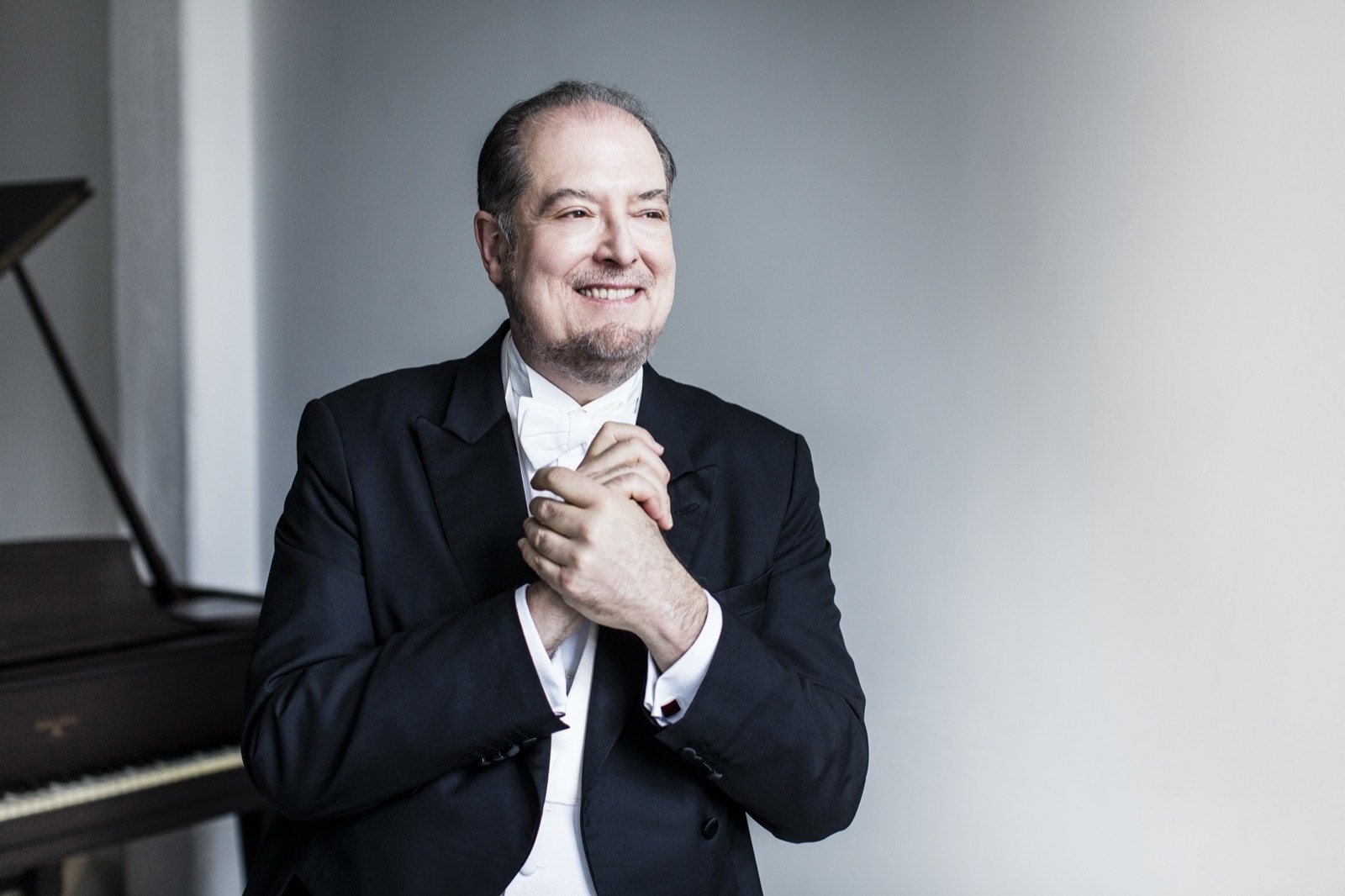
Alexander Scriabin (1871-1915) wrote his Fifth Piano Sonata in just six days of December 1907. To it, he appended an excerpt from his own poem, which had accompanied his symphonic poem La Poème de l’extase Op. 54, completed not long beforehand: I call you to life, mysterious forces! Drowned in the obscure depths of the creative spirit, timid Embryos of life, to you I bring audacity! The composer’ chief source of philosophical inspiration was theosophy, and through this programme he expressed his understanding of the world with emphasis on the erotic and the free soaring of the spirit. Also, for the first time, he built a sonata with the layout of a single movement, marking the arrival of his compositional maturity, with typically spiralling motifs, vague harmonic and melodic differences, and unusual instructions for the performer (e.g. accarezzevolle – caressingly, languido – drowsily, affanato – breathlessly). In the middle of the composition, he used his “mystic chord”, a six-note sonority with two tritones.
